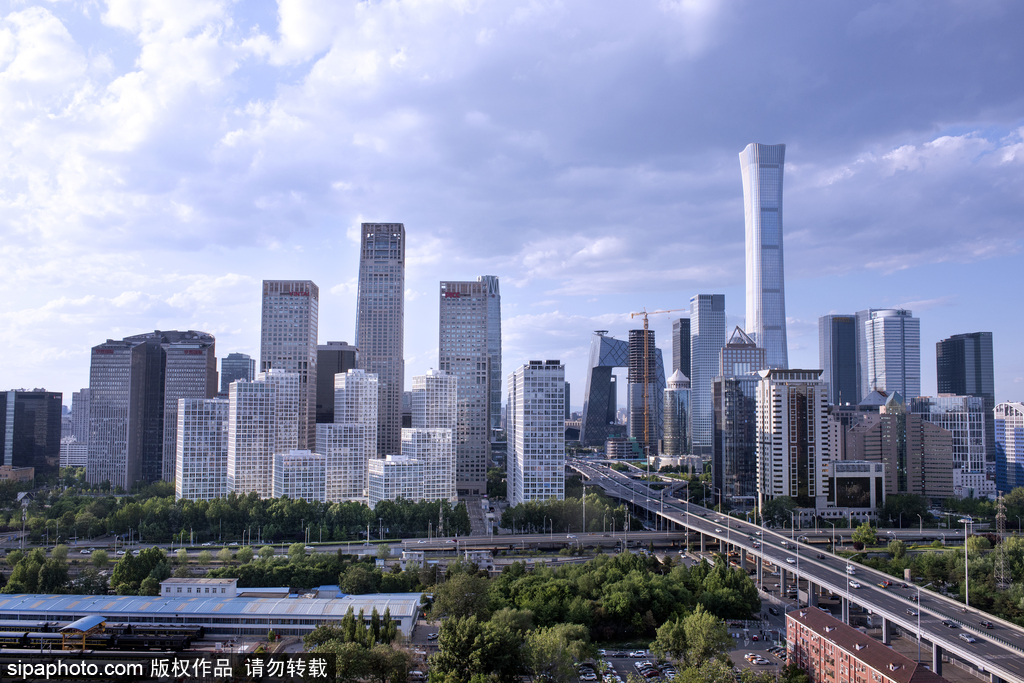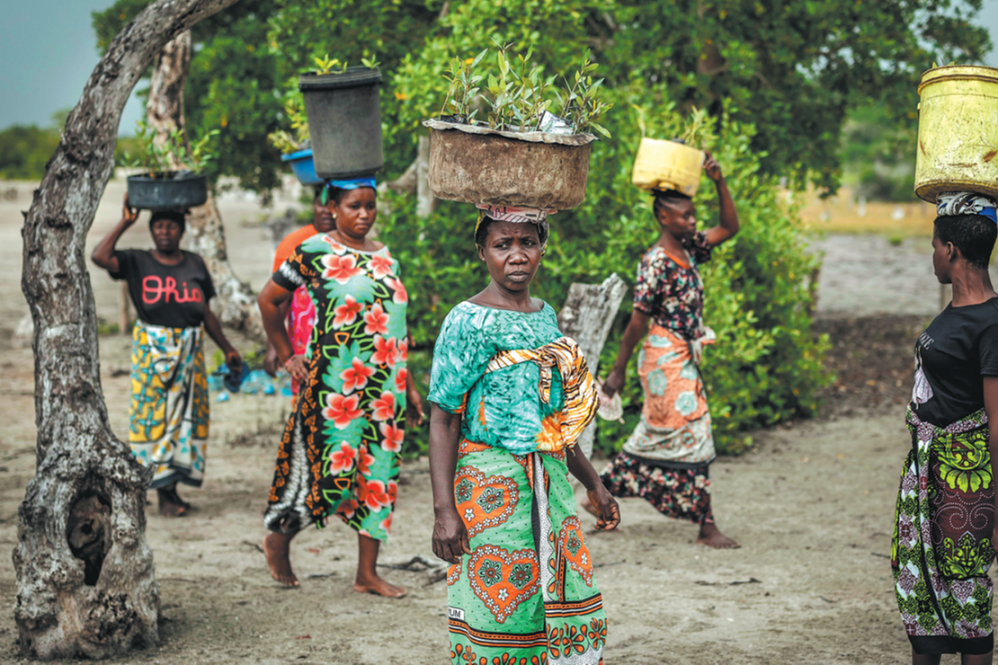Moving up value chain must continue


For decades now, China has been on an inexorable path to become the largest economy in the world.
There is virtually no question that China will take the top spot; still up in the air is when this will happen.
Over the past year, lockdowns related to COVID-19 have slowed economic growth everywhere. China managed to limit the spread of the virus at home, and, in turn, the worst of the economic impact.
It was one of the very few economies in the world to eke out any growth and turned the corner to economic recovery faster, giving it something of a first mover advantage.
Now, the Centre for Economics and Business Research, an economics consultancy based in the United Kingdom, has suggested that China will overtake the United States to take the top spot by 2028-five years sooner than was previously thought.
The CEBR said China's economy will grow by an average of 5.7 percent over the next five years and 4.6 percent in the five years after that. That is two or three times faster than the growth forecast for the US. The CEBR credited China's "skillful management of the pandemic" for the relatively mild economic downturn last year.
The World Bank's economic outlook this year backed this view when it lowered its projections for global growth for the decade ahead, with the COVID-19 pandemic creating what it called a "lost decade".
In its Global Economic Prospects report, the bank said the pandemic and disruptions in education will slow productivity gains, but the US should still manage to grow by 3.5 percent this year, making up for some of the 3.6 percent contraction last year.
Even before COVID-19, the bank downgraded its outlook for the global economy for 2021 from 2.5 to 2.1 percent, and took that estimate a notch further in early January to 1.9 percent. Global economic output fell 4.3 percent last year.
China was among the handful of economies that registered any growth at all last year-about 2 percent-and is set to grow by as much as 7.9 percent this year.
For some years now, China has had the largest economy when measured by purchasing power parity, which takes into account domestic buying power.
By another measure, the actual value in dollars for China's $15 trillion economy is about a third smaller than the $21 trillion US economy.
But average incomes and per capita gross domestic product-a measure of the portion of economic output attributed to each person-are still a fraction of what they are in the US and other developed economies. China's roughly $10,000 in per capita GDP is about a sixth of that of the US, which suggests China still has a lot more low-hanging economic fruit to pick.
And it has a lot of people to pick that fruit. It has a lot of people to go to school, to get higher paying and more productive jobs, to start innovative businesses, and to trade and produce more.
China's economy has been evolving since the 1980s, and quickly since the beginning of this century. The country accounts for more than a quarter of global manufacturing and has had the largest manufacturing base in the world since 2010.
Taking up the mantle of the largest economy in the world will bring with it a lot of responsibility, and more of the world will look to China for badly needed support. By the time China takes the title, the worst of COVID-19 will be a thing of the past. But the economic impact, particularly on incomes in emerging and developing economies, will still be felt.
Throughout last year, per capita incomes dropped in about 90 percent of emerging markets and developing economies, and the pandemic undid years of progress in reducing poverty. Investor confidence is down. Unemployment is up. A lot of education time has been lost. For the world, the recovery will be long and painful.
Sustained growth in China will help the world make up for lost time. To ensure such growth, China will have to continue moving its economy up the value chain. For growth to become sustainable, the nation will have to continue restructuring its economy to rely more on a combination of consumption, innovation and domestic growth, and less on injections of cash, one-off investments in things like infrastructure of mega projects, manufacturing and trade.
Becoming the largest economy in the world is the easy part. That will happen. The challenge lies in making sure the gains are sustainable and sustained.
Based on China's track record since its opening-up, there is much cause for optimism.
The author is managing director of Bahati, an editorial services consultancy based in Hong Kong. The views do not necessarily reflect those of China Daily.


































